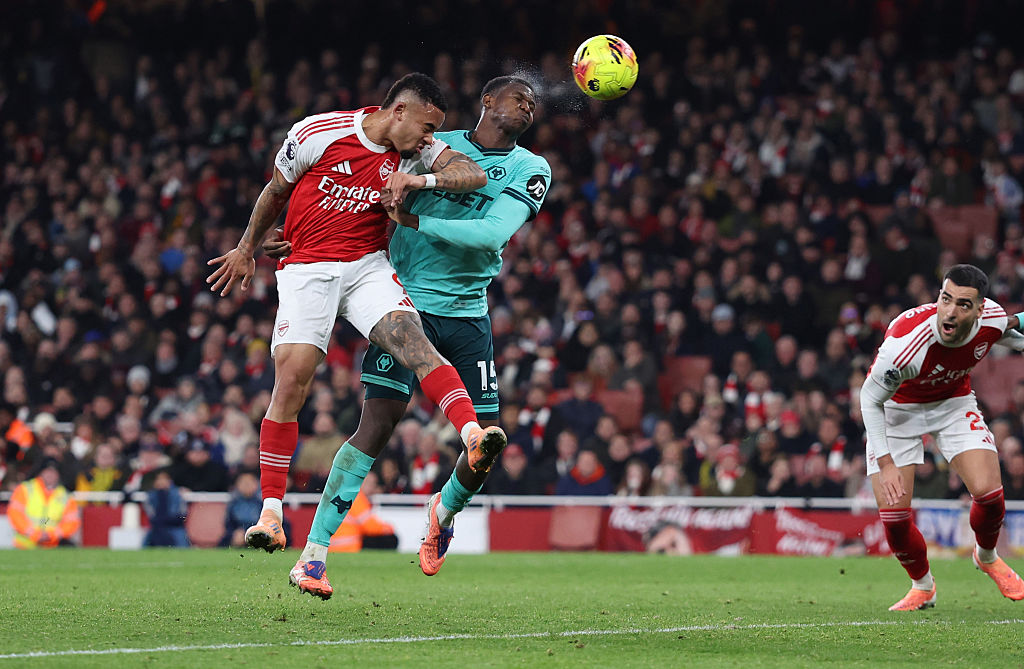Why Aston Villa's spending spree ISN'T like Fulham's nightmare summer of 2018
Having spent almost £100 million so far, some believe Villa are going down the same expensive road to relegation as other recent promoted sides. But there's a clear strategy behind Dean Smith’s transfer dealings

Fulham’s 2018/19 season created something of anti-precedent for what should follow promotion. Now, whenever a club commits to heavy transfer spending upon arriving in the Premier League, ominous organ music sounds. New signings bring variables, they threaten team chemistry and disrupt existing partnerships. The effect can be to default a side back to sporting zero, venting away all the momentum which powered promotion in the first place.
With that in mind, Aston Villa’s summer has the organist stretching her fingers. Since winning the play-off final, the club have made seven new signings for a total approaching £100m. Three of those deals have seen previous loanees return, but the burst of spending has still created the perception of transience and drawn comparisons with Fulham’s recklessness a year ago.
But comfort for Villa supporters should lie in recognising the material differences between the two situations.
Fulham’s issues with recruitment pre-dated their promotion. Most will remember the Craig Kline affair and remarkable sumowrestling anecdote with which he was associated. Kline was a friend of Tony Khan, the club’s director of football operations and son of owner Shahid Khan, and was hired to provide data expertise to the Cottagers' transfer activity.
It did not go well. Kline's portrayal has been highly unflattering and, whether fair or not, the dynamic between him and then-manager Slavisa Jokanovic was clearly broken. As an episode, it neatly framed the tensions that can exist between traditional scouting and a data-led approach. Most healthy clubs employ a combination of both, but the balance within that partnership is reliant on compatible personalities, trust and compromise.
Kline was dismissed before Fulham were promoted. During the transfer period before their Premier League return, however, there was still reason to believe that distrust remained. Jokanovic had always been a vocal critic of the club’s recruiting strategy and how little influence he was afforded, and that window’s activity and the performances it instructed certainly seemed to support his perspective.
It’s interesting to contrast the differences between Fulham, pre- and post-promotion. As a Championship side they were balanced and well coached. A season later, they were bizarrely top-heavy and incapable of defending – the product of a transfer strategy which reinforced all the areas that needed to be left alone, and ignored those which required attention. That summer had the effect of entirely altering the midfield dynamic and blunting a well-crafted attack. Transfers can always go wrong, of course, but Fulham had no need to take as much risk as they did.
The best features, fun and footballing quizzes, straight to your inbox every week.
Aston Villa did have that need. Following promotion, a succession of first-team players were released and several loan players returned to their parent clubs. Villa were not a settled side who could prepare quietly over the summer, harvest the benefits of continuity and then glide into the Premier League. They needed quick, precise reinforcement, and to their credit appear to have addressed all the right areas.
And where possible, they have actually prioritised stability. Anwar El Ghazi has been signed permanently, Tyrone Mings rejoined last week and Kortney Hause has also agreed a full-time return. Where possible, the club have deferred to what has worked in the past.
Another contrast lies in the profile of Villa’s new players; those who haven’t spent time at the club previously. Dean Smith coached Jota over several year at Brentford, he briefly managed the 21-year-old Ezri Konsa too, and while Matt Targett’s fee was certainly large, he remains a well-regarded full-back with top-flight experience.
That isn’t to say Villa haven’t taken risks. Clearly the investment in Wesley, the 22-year-old forward from Club Brugge, represents a leap of faith. The signing of Douglas Luiz, if it happens, would be another. But there is reason to believe in the processes behind those decisions and, by themselves, they needn’t instruct any comparison with Fulham or any other side that has thoughtlessly gorged itself on the broadcasting revenue.
Behind the club’s return to the Premier League lies a more settled culture and a better-defined operation procedure. That’s been enabled by the new ownership team, by the appointment of Christian Purslow and Jesus Garcia Pitarch, and with Dean Smith’s instalment as head coach.
It helps that all of those changes were made in a rational order, too. The owners appointed the executives, who in turn identified and interviewed the coaching staff. The result is alignment, and that usually breeds decisions made in accordance with the strengths of the departments they affect. It’s telling, for instance, that Smith is mentioned in nearly every interview Purslow grants and, more broadly, that he presents the way forward as being a collaborative effort. The inner workings of a football club are always hidden to a degree, but a lot can be deduced from its public face.
Villa seem harmonious. Importantly, in a way that Fulham – with their politics and blame-shifting – never were. Whereas the perception at life at Craven Cottage was of unilateral transfer decisions being made by those with no direct impact on the team, the tone of Villa’s activity is obviously different. It’s more pragmatic and doesn’t exude the same vanity.
So, if a player has moved to the club this summer, it’s because a consensus exists between all the parties responsible for making that decision a successful one. It’s a low bar – actually, it’s a prerequisite – but an imperative that Fulham ignored.
While you're here, why not take advantage of our brilliant subscribers' offer? Get 5 issues of the world's greatest football magazine for £5 - the game's greatest stories and finest journalism direct to your door for less than a pint in London. Cheers!
NOW READ
RANKED The 14 best football kits of the 2019/20 season
QUIZ! Can you name the 50 Englishmen who've managed the most Premier League matches?
Seb Stafford-Bloor is a football writer at Tifo Football and member of the Football Writers' Association. He was formerly a regularly columnist for the FourFourTwo website, covering all aspects of the game, including tactical analysis, reaction pieces, longer-term trends and critiquing the increasingly shady business of football's financial side and authorities' decision-making.

